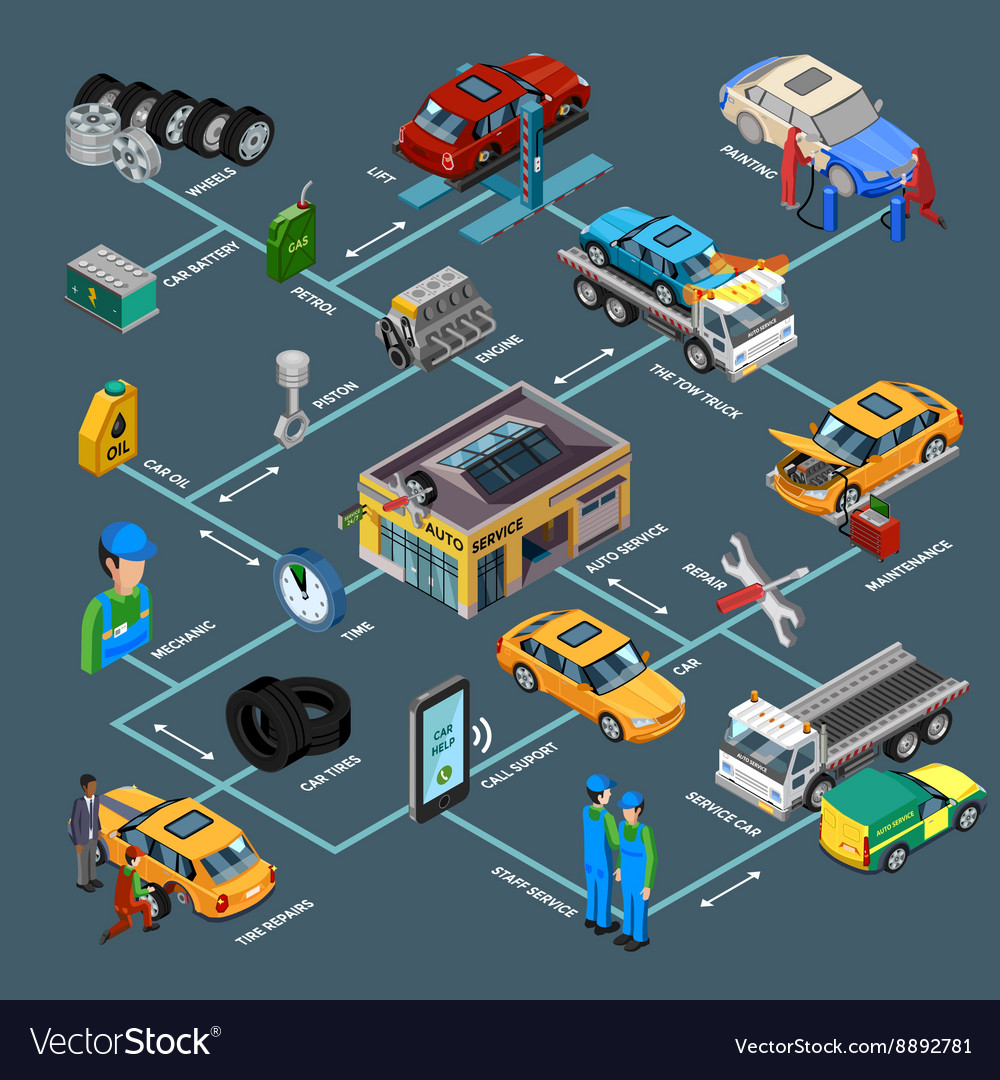Translating Your Vehicle'S Caution Indicators: What They Absolutely Symbolize
Translating Your Vehicle'S Caution Indicators: What They Absolutely Symbolize
Blog Article
Web Content By-Boye Shepherd
When you lag the wheel, those radiant caution lights on your dashboard can be a little bit puzzling. Do you know what they're attempting to inform you concerning your automobile's health? Recognizing the importance of these lights is vital for your safety and the longevity of your lorry. So, the following time one of those lights pops up, wouldn't you intend to decipher its message precisely and take the needed actions to address it?
Common Warning Lighting and Interpretations
Recognize usual warning lights in your cars and truck and recognize their meanings to guarantee risk-free driving.
One of the most regular caution lights include the check engine light, which signals concerns with the engine or exhausts system. If this light begins, it's important to have your car inspected promptly.
The oil pressure cautioning light indicates reduced oil stress, needing prompt interest to prevent engine damage.
A flashing battery light may suggest a damaged billing system, possibly leaving you stranded if not addressed.
The tire pressure monitoring system (TPMS) light alerts you to low tire stress, affecting automobile stability and fuel effectiveness. Disregarding this might lead to harmful driving problems.
The abdominal muscle light shows a problem with the anti-lock braking system, endangering your capability to quit promptly in emergency situations.
Finally, the coolant temperature cautioning light warns of engine getting too hot, which can result in severe damages if not settled promptly.
Recognizing these common warning lights will help you attend to issues promptly and keep risk-free driving conditions.
Importance of Prompt Attention
Comprehending the typical caution lights in your auto is just the initial step; the significance of quickly addressing these warnings can't be stressed sufficient to ensure your safety and security on the road.
When a warning light brightens on your dashboard, it's your cars and truck's means of interacting a possible issue that requires interest. Ignoring these cautions can lead to much more serious issues in the future, jeopardizing your safety and security and possibly costing you much more in repairs.
Prompt interest to cautioning lights can prevent malfunctions and crashes. For example, a blinking check engine light could indicate a misfire that, if left neglected, could trigger damages to the catalytic converter. Resolving car interior cleaner without delay can conserve you from a pricey fixing.
In a similar way, a brake system alerting light might signify low brake liquid or used brake pads, vital components for your safety when driving.
Do It Yourself Troubleshooting Tips
If you notice a warning light on your dashboard, there are a couple of DIY troubleshooting tips you can try before looking for expert help.
The first step is to consult your auto's handbook to recognize what the certain caution light suggests. Often the problem can be as straightforward as a loosened gas cap activating the check engine light. Tightening up carwashinauckland might solve the trouble.
Another common concern is a reduced battery, which can cause various advising lights. Inspecting the battery links for deterioration and ensuring they're safe and secure could deal with the issue.
If a warning light persists, you can attempt resetting it by detaching the auto's battery for a few minutes and afterwards reconnecting it. Furthermore, examining your vehicle's fluid levels, such as oil, coolant, and brake fluid, can help fix alerting lights connected to these systems.
Verdict
To conclude, comprehending your auto's warning lights is important for keeping your automobile running smoothly and securely. By promptly dealing with these signals and recognizing what they imply, you can prevent pricey repairs and potential failures.
Bear in mind to consult your cars and truck's manual for particular details on each warning light and act appropriately to guarantee a trouble-free driving experience.
Stay educated, remain safe when traveling!
